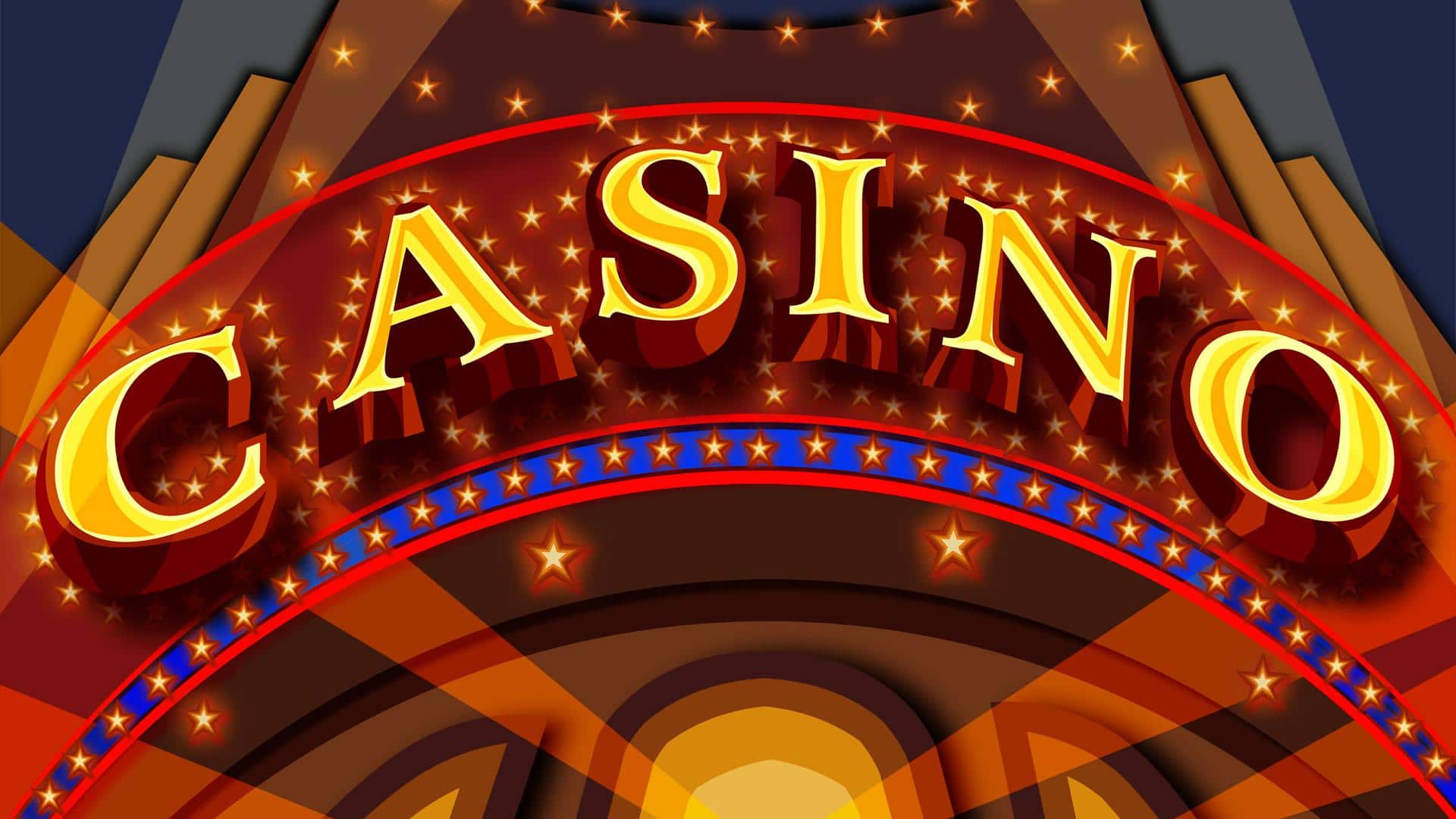Latest Updates
Featured Posts
Get in Touch
123 Innovation Street
Tech District, CA 94105
[email protected]
+1 (234) 567-890
Comprehending RTP for Slot Machines
As for casino slots games, players often become drawn in by the shimmering lights, engaging themes, and the adrenaline of turning the reels. But beneath the glitz and excitement lies an essential concept that every gamer should be aware of: Return to Player percentage, or RTP. This key metric holds great importance in influencing how much of your wagered money will return to you over time, affecting your gameplay and strategy as you play.
RTP is commonly stated in percentage terms and indicates the average amount of money returned to players compared to the total amount wagered. For instance, if a slot game has an RTP of ninety-five percent, it means that, on the average, players should anticipate receiving $95 for every 100 dollars wagered. Understanding this concept can help players make informed decisions when deciding on slots to spin, ultimately boosting their enjoyment at the casino. 8S
What exactly the meaning of RTP?
The Return to Player concept, often called RTP, is an important element in the realm of casino slots games. It represents the proportion of all wagered money that a slot machine is set to return to players through its operation. For example, if a specific slot has an RTP of 95%, this means that, hypothetically, players should anticipate to receive back $95 for every $100 wagered during extended play. Knowing RTP aids players analyze the likely returns of the various slots available.

RTP does not serve as a promise of individual wins but instead it is a average determined across many spins. Players' experience can vary significantly as a result of the chance built-in in slot games. A greater RTP implies superior odds for the player, making it an essential aspect to take into account while selecting the slots to choose. However, even with a high RTP, there can be stretches where players face losses, since chance plays a significant role.
It is also worth noting that various slots have varying RTP percentages. Some games might feature a reduced RTP due to a significant enjoyment or special features, while others keep a increased percentage to draw in more risk-averse players. Understanding RTP enables players to make informed decisions about their play strategies and manage their money wisely while experiencing the thrill of slot machines.
How Return to Player is Being Determined
A RTP, also known as RTP, is a key measurement in the realm of casino slots titles. It represents the ratio of total wagered funds which a slot machine is expected to return to gamblers over time. Comprehending how this measurement can be derived demands insight of both the slot's architecture as well as its payout structure. This return value is determined via complex algorithms and statistical analyses executed during the slot machine creation phase. Slot developers take into account multiple elements, which include the frequency of successful combinations as well as the size for returns on each outcome.
In order to calculate RTP, developers model a vast number in terms of rotations of the game. Such modeling efforts aid identify the average amount that typically, a player is likely to earn based on their wagers. For example, when a machine boasts an RTP of 95%, this means that, in theory, for every $100 bet, gamblers should anticipate get ninety-five dollars back over time. That figure doesn't represent how much a player will win in a one session or over a couple of plays; rather, it shows long-term return projections.
RTP values are generally published from the gaming house or game creator. Gamblers should consistently look for this information while selecting a slot game, as it can significantly influence their overall enjoyment. A greater return value usually indicates a better probability of winning back a portion of bets, even though individual plays may differ greatly. Understanding this concept enables gamblers to choose wisely while enhance their overall enjoyment within the world of casino slots.
Value of Return to Player in Gaming
Comprehending the Return to Player or RTP is important for any player involved in slot machines. RTP is the percentage of total bets that a slot machine is set to pay back to gamers over the long run. A higher RTP means that gamers can anticipate receiving a larger portion of their bets back, making it an important factor for those looking to maximize their play experience. Understanding this number aids gamers make smart choices about which games to play, as it can greatly influence their chances of winning.
Furthermore, RTP holds a crucial role in the overall equity and transparency of casino slots. Players are often attracted to slots with higher return rates because they provide a superior chance of success over the long term. Gaming establishments and software creators use RTP as a selling point to lure players, guaranteeing they maintain a lead in the growing gaming industry. By understanding of Return to Player, gamers can choose games that align with their comfort level and gaming goals.
In conclusion, the idea of Return to Player promotes safe gaming practices. By understanding that not all slots will provide immediate returns and that RTP is determined by long-term play, players can regulate their expectations and playing habits effectively. This understanding enhances the enjoyment of slot games while fostering a more sustainable gambling landscape. Gamers who grasp the importance of Return to Player are likely to have a more satisfying experience and reduce the risks of gambling issues.
Sponsored News
 Uncategorized
Uncategorized
 Uncategorized
Uncategorized